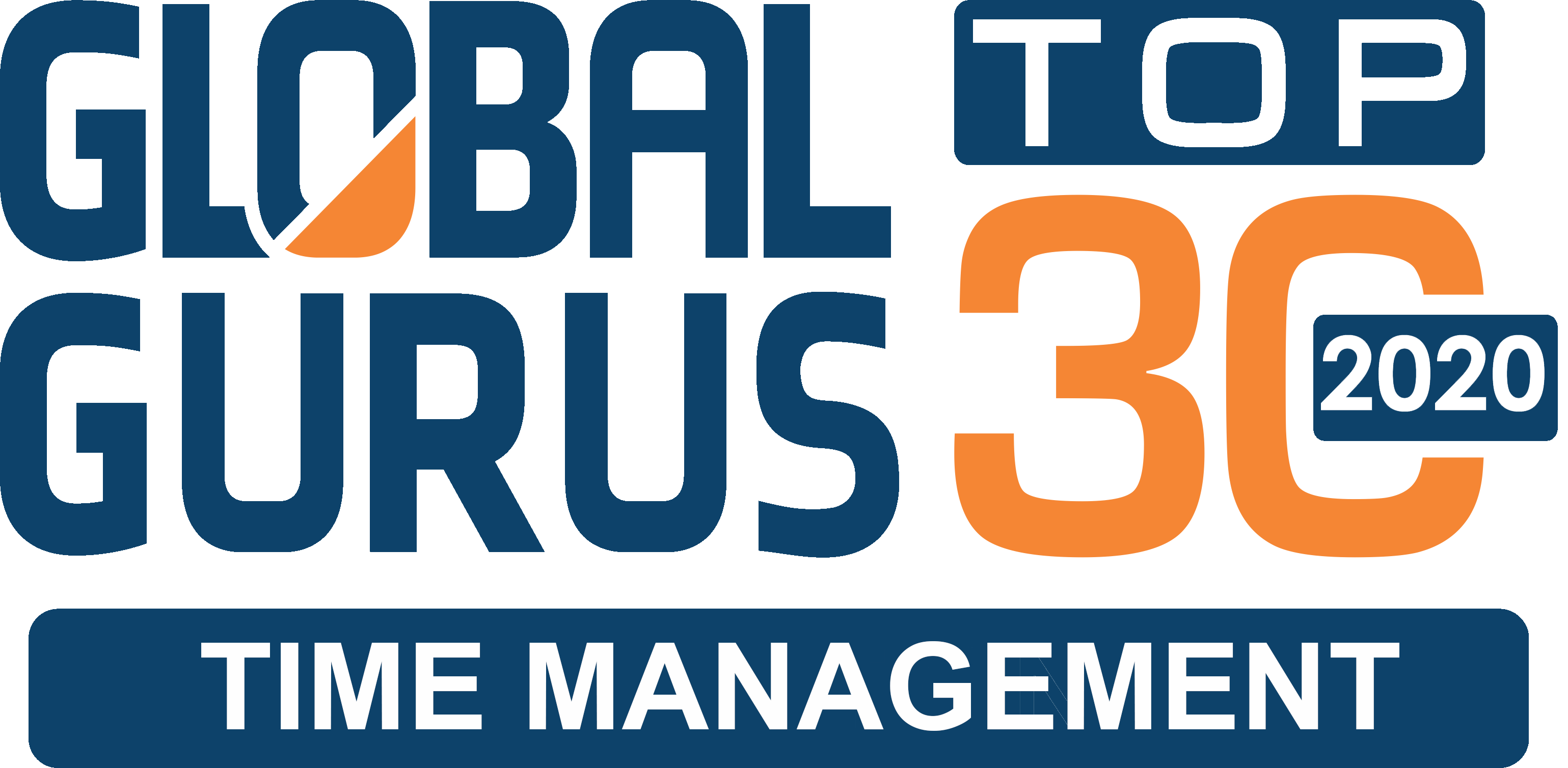 If you want to destroy worker initiative, blast a hole in productivity, and scribble the bottom line with red ink, there’s no better way to do it than by micromanaging your employees. Keeping workers on tight leashes and constantly interrupting them ruins their ability to find thoughtful, profitable ways to do their jobs, and it wastes your valuable time as well.
If you want to destroy worker initiative, blast a hole in productivity, and scribble the bottom line with red ink, there’s no better way to do it than by micromanaging your employees. Keeping workers on tight leashes and constantly interrupting them ruins their ability to find thoughtful, profitable ways to do their jobs, and it wastes your valuable time as well.
True organizational productivity requires engaged, informed personnel willing and eager to work toward the organization’s mission and vision. And it all starts with a simple concept that’s amazingly hard for some people to implement: trust.
Learn to Trust
This can be a tough sell, especially if you’ve built your organization from the ground up. It’s your baby; you know all its quirks, and it can be hard to trust even small parts of it to other people, since you can’t be absolutely certain that they won’t let it come to harm somehow. But consider this: if you’re so distrustful of your employees, then why did you hire them in the first place?
Trust is the diametric opposite of micromanaging, which is based on a lack of trust that others can do their jobs. Your trust for the people who work for you should underlie every decision you make as a manager. Instead of automatically distrusting them, it’s to your advantage to assume that they can do the jobs they’ve been hired to do, assuming the proper training and opportunity.
This may require some serious reworking of your default attitude, but make it your ultimate goal to be able to stand back and give them the benefit of the doubt, as long as they have the experience and can prove their competence. If they can’t, that’s when you can justifiably ride them and, as necessary, replace them.
You do need to keep an eye on everyone, but only as part of the big picture. Otherwise, give people the freedom and flexibility to get their jobs done. Meanwhile, you can be doing all those high-value things that you get paid the big bucks for, instead of trying to do everyone else’s work.
Delegate That Task!
Micromanagers tend to live by the old adage, “If you want something done right, you’ve got to do it yourself.” But the savvy leader quickly learns that you can’t get it all done right by trying to do everything singlehandedly. If you allow yourself to become a slave of your team’s day-to-day operations, your own productivity will flag along with everyone else’s.
As a manager, your core responsibilities should be things like marketing, growing the business, overseeing (but not minutely controlling) other people’s efforts, dealing with your superiors, and, in general, doing whatever brings in the most profits for the organization. Your sights should always be set higher than the mundane, which means that you must delegate or outsource anything that fails to meet your high-profit standards. It just doesn’t make economic sense to run around taking care of little things, or handling crises that should be assigned to lower-paid employees.
If you get paid $50 an hour, you should never do anything that earns the company less than that. Even if you have to take steps to fix something a subordinate is doing wrong, whether that involves training or replacing them, in most cases it’s still cheaper than doing the job yourself.
Besides: if you waste time on other people’s jobs, you’ll have to work extra hard to get your job done. Oh, no doubt you’re willing to put in the extra time, and that’s laudable; but eventually you’re going to wear yourself out and start slipping, decreasing your own productivity and making yourself less valuable to the company.
When it comes down to the bottom line, you simply have to push every responsibility you can down to the lowest possible level. Focus on your critical few tasks, handing off everything you realistically can to other people. Again, this comes down to rejecting the temptation of micromanaging and setting your default attitude to “trust.”
In this case, let me amend that to “trust, but verify.” Just because you hand a task to someone else doesn’t mean that you can forget all about it. That’s abdication, and it’s something you can’t afford—because even when you delegate a task, you’re still responsible for it. You still have to make sure that it’s getting done consistently and on a timely basis. So occasionally, you’ll have to check in with your delegate to learn the score and, as necessary, make adjustments. Just don’t hang over them like a Sword of Damocles.
Keep an Eye on the Big Picture
By definition, a manager’s role is to provide direction for his or her subordinates, which means that you do have to get into the nitty-gritty of problem solving sometimes. This is fine, to a limited extent; but again, don’t try to do it all, even when you can. One of the biggest downsides of micromanaging, above and beyond the issues of trust and overwork, is that it requires you to focus too tightly on the details of organizational function. To paraphrase the old saying, you see the trees, but not the forest…and it’s your job to keep an eye on the forest as a whole, not just this oak or that sycamore.
A laser-sharp focus is ideal when you’re trying to get your own tasks done. It’s not so great when you’re putting someone else’s tasks under the microscope, while forgetting that they’re a small part of something much bigger that needs to be taken care of in its entirety. Close oversight must be the exception, never the rule. Otherwise you are, again, hamstringing your productivity, making yourself less useful all the way around. There’s another old saying for this kind of thing: pennywise and pound-foolish. When you get right down to it, focusing too tightly on the little pictures while ignoring the big one is like throwing away money.
The higher you climb, the more often you have to stop and take a look at the big picture. You need to thoughtfully determine what really drives the value and results you’re looking to achieve, and assign most of your attention to those items. What things have the biggest impacts on the company? What makes these things important? What can you do to make them better? That’s what you should ask yourself. If necessary, find a business mentor who can help you widen your focus, based on their own experiences, or educate yourself on how others have done so in the past. There are plenty of books on the subject.
It’s been said that the devil is in the details, and perhaps that’s so; but if you hire people that you can trust to do their jobs, then by and large the details will take care of themselves. You need to pull back from the individual pixels and look at how it all comes together to make a profit for your organization. Worry about your corporate or organizational strategy first. Put good people in place, get all those other big-picture ducks in a row, and the little things will fall into line with a minimum of fuss.
Encourage Employee Engagement
What would you rather have: a bright-eyed, engaged employee who “owns” her job, knowing that she has a say in how things are done and is therefore invested in the company’s success…or a disengaged drone who keeps his head down, does the minimum necessary to scrape by, and cares only for his paycheck? That’s an easy enough choice, right? Sadly, though, the second type of employee is at least as common as the first, and they’re separated by a wide “mediocre middle” consisting of the partially-engaged and unengaged.
The relationship between employee engagement and productivity isn’t precisely one-to-one, but as a rule workers with a high level of engagement are willing to try harder, so they tend to be more productive than people who work only to put food on the table. Engaged workers enjoy and appreciate what they’re doing. This makes them willing to go the extra mile, which in turn makes them invaluable.
The equation is simple: more productive workers means higher profits, and engaged employees are more likely to be productive than their unengaged or actively disengaged coworkers. They also tend to be safer, more customer-focused, and less likely to jump ship. To put it another way, employee engagement has a high return on investment…whereas disengaged employees represent a financial drain. Gallup estimates that employee disengagement costs American businesses as much as $300 billion a year in lost productivity.
To engage employees, you must empower them. Let them take initiative in their work, and let them know that they’re allowed to. This requires something of a hands-off attitude, though again, abdication is never a good idea. Communication must be your watchword here. It may very well be the most important factor in encouraging employee engagement, and it must be bidirectional. Make your vision and intentions clear to your employees, and allow them to provide feedback on most matters. You may not agree with them, and nothing may come of their suggestions, but it’s the opportunity to contribute that matters—and you might just find that they have a great deal of wisdom to communicate, if you’ll listen.
As part of your communication effort, you’ll need to help each employee understand their place in the company, and how they’re contributing when they do their jobs well. Explain both the what and the why, and ask them if they understand their roles and have any ideas about how they can improve the associated systems and processes. This is another place where your understanding of the big picture is crucial; and as they say, when you teach someone something, you’re also teaching yourself.
Provide Critical Training
Speaking of teaching, you need to be willing to provide the education and training that your employees require in order to do their jobs effectively. Proper training takes some of the strain off you, and makes micromanaging unnecessary. On the employee side of the equation, good training can:
• Develop critical knowledge and skills.
• Increase awareness of company policies and operations.
• Demonstrate the company’s mission and vision, and the employee’s place in the corporate structure.
• Encourage engagement.
• Improve motivation and confidence.
• Re-emphasize the need for quality and excellence.
• Promote efficiency.
• Decrease the likelihood of accidents and injuries.
• Reduce turnover.
All this, taken together, can’t help but increase productivity. A good training program can also buff the company’s public image, help the company stay competitive, and attract more and better job candidates.
The Final Analysis
As is so often the case, the factors I’ve discussed in this article interrelate in ways that are hard to separate, and can be difficult to quantify. But what it all comes down to is that you must be willing to tear yourself away from the minutiae of your team’s daily operations, take a deep breath, and step back. Be flexible. Trust your people. Encourage their participation in the company’s success. In short, give them an opportunity to grow and flourish, without being stifled by your constant hovering. Allow them to be creative and productive on their own terms.
Stepping back also gives you a better view of the overall big picture. This allows you to more easily guide your organization in the direction that you and the company want it to go. It’s rather like being the captain of a ship: where you really need to be is up on the bridge, overseeing everything, steering your vessel through the straits and avoiding all the reefs and other perils that you can more easily see from your elevated position.
If you spend too much time down on the deck nitpicking a sailor’s performance—or worse, hauling the lines and clearing the deck yourself—then you’re eventually going to hit something and wreck the ship. And if that happens, you’ll have no one to blame but yourself.


